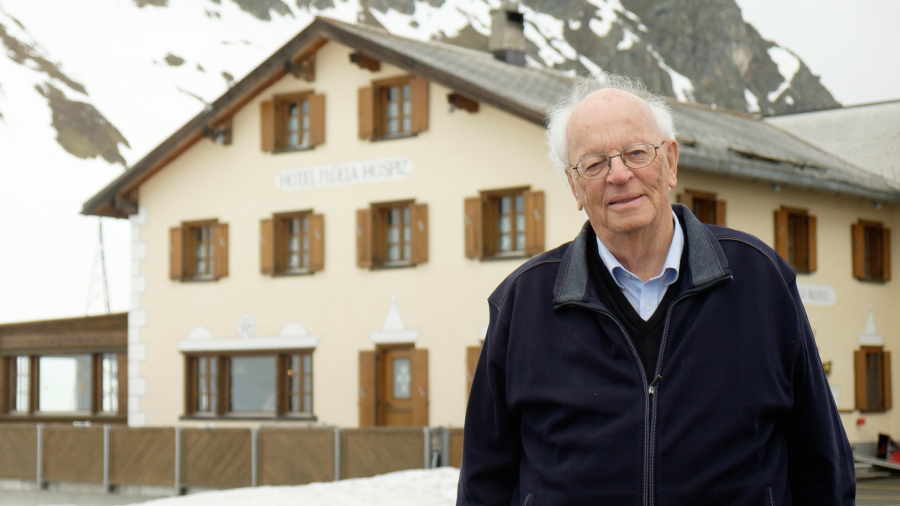Remembering Prof Stephan M Perren

AO founding member Thomas P Rüedi knew Perren since 1965 when they both served on Allgöwer’s team at Kantonsspital Chur. Perren was a senior resident and Rüedi had just joined as a surgical trainee. Eight years later, after Perren had become head of the Laboratory for Experimental Surgery (now ARI), he was Rüedi’s PhD mentor and coach for six months, providing unlimited enthusiasm and support as Rüedi wrote his thesis. In 1982, Perren, Peter Matter, and Rüedi were privileged to join the AO fathers—as a second generation—in the creation of the AO Foundation.
Each AO clinical advance was matched by an equally brilliant scientific explanation provided by Stephan and his colleagues in the AO Research Institute working under his leadership. He was also a brilliant teacher. During AO courses, we saw him lugging fully stuffed briefcases as he rushed from one lecture theater to another. His teaching was innovative; he enlivened his lectures with many simple teaching aids that he created to explain the concept he was attempting to demonstrate beyond any doubt. He had the gift to make the most complex biomechanical concept simple.
Under Stephan’s leadership, the scientific discoveries developed in the AO Research Institute Davos were matched by the arrival of new implants. First came the justification for compression plating, followed by the Dynamic Compression Plate (DCP), then the Limited Contact Dynamic Compression Plate (LC-DCP), then the Point Contact Fixator (PC-Fix), and finally the limited invasive stabilization system (LISS). Stephan understood research and researchers; he created an environment which attracted creative minds and allowed them to flourish.
“Under his leadership, the AO Research Institute Davos—ARI—evolved to one of the world’s best-known facilities in its field, attracting fellows from all continents,” Rüedi said. “Until his very last days Stephan was still full of ideas in the search for new facts and explanations of the biological and biomechanical secrets of bone healing. Besides his research, he was a great teacher and mentor, an exceptional personality and a wonderful friend. His passing away is an enormous loss for research, the AO community and, of course, for his family and many close friends.”

